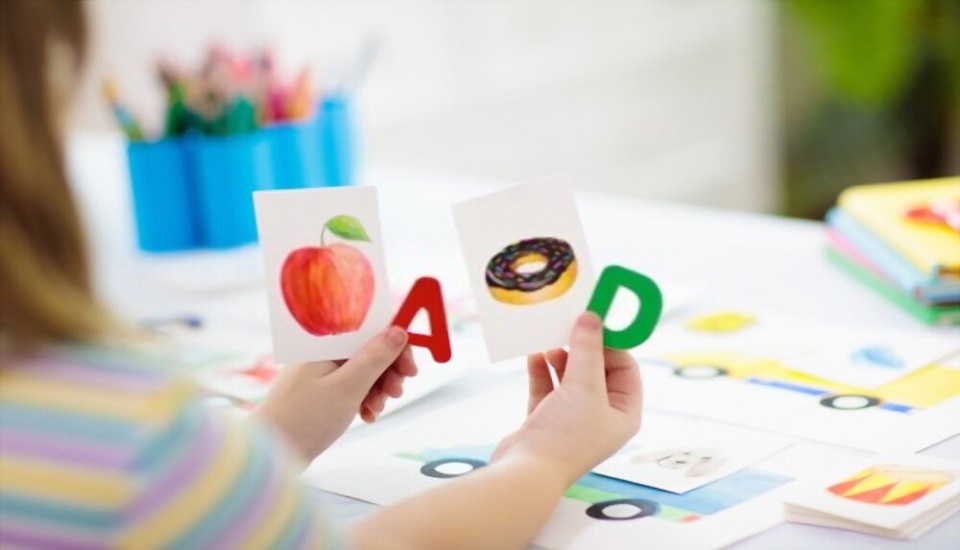Nursery teaching is one of the vital stages of a child’s life because it helps to lay a concrete foundation. The effort given by nursery teachers behind preschoolers is commendable. These days, nursery teachers are teaching young children by applying methodologies that are absolutely student-centric and suitable for a global classroom standard.
Preschool teachers have mentioned earlier that nursery teacher training courses have improved to a huge level where they are incorporating various interesting features. Teaching young learners are mostly game-based or activity-based in this generation because learning by practice is making the entire lesson plan more effective.
Why are preschool teachers focusing on teaching phonics to kids?
Fun learning is the new language that preschool teachers are adoring a lot. They feel that small children learn better and more efficiently when they come across such assignments or lesson plans. Teaching phonics to preschool kids is another activity that nursery teachers exercise. There are numerous fun phonics activities for preschools available and practicing those are enhancing the phonic skills of kids superbly.
Now you may wonder why should teach your children phonics. Well, being able to speak is not the only thing that is needed. Children must learn to read by reading books or so. That brings us to the fact that reading from books correctly has a lot to do with phonics. Getting things straight, phonics are the connections or relationships between letters and the sound of those letters.
Sounding out words without any redundancy is a major motto of the phonics game. Kids must learn to read or pronounce words correctly in their early childhood and that is why teaching phonics to young learners is essential. Let’s see how nursery teachers help kids to learn phonics by using various games.
5 interesting phonics games are:
Alphabet phonics clip cards: Parents or teachers can use non-permanent markers or clothespins to mark letters. The child will mark which animal name starts with the letter “z,” “b” or “s” according to the letter present on the card. These cards are vibrant and enable children to work on word association and sound anywhere.
Spin & rhyme: Using a paper towel roll and clothes hanger children can create rhyming words (e.g., cat, pat, mat, sat). In this activity, preschoolers learn how to break down words and identify word families. The simple setup is easy to transport and provides a kinetic twist to a basic phonics activity.
Mystery bag: Preschool teachers can place three objects within a bag—like a cap, a cat (soft toy), and a cupcake made of clay for the letter “c”. The bag should have the child’s name for each item, and she/he will guess the “mystery letter” that unites all of the objects.
Phonic photo scavenger hunt: Ask preschoolers to create a photo album, either physical or digital, with a photo of an item for every letter sound: “a” for apple to “z” for zebra. This will keep the flow of learning smooth even while there is a mid-sem break going on. This can be done again and again to learn new sounds like “ch” or “sh.”
Erase the sound: This activity is extremely interesting and kids generally love it. Nursery teachers can draw a picture on a whiteboard or chalkboard, name individual letters and have your child identify and erase items in the picture that start with that letter. Teachers can draw a snowman with a hat for “h,” buttons for “b” and carrot for “c.”
So based on such phonics activities, preschool or nursery teachers are helping kids to learn phonics. Nursery teacher training courses are preaching the importance of such activities to aspiring and professional teachers so that they can teach better and in a more productive way. Phonics games are having alphabetic principles, synthetic phonics, blending sounds, etc., which are helping toddlers to learn phonics quite efficiently.
Written By : Samantha Kanth
